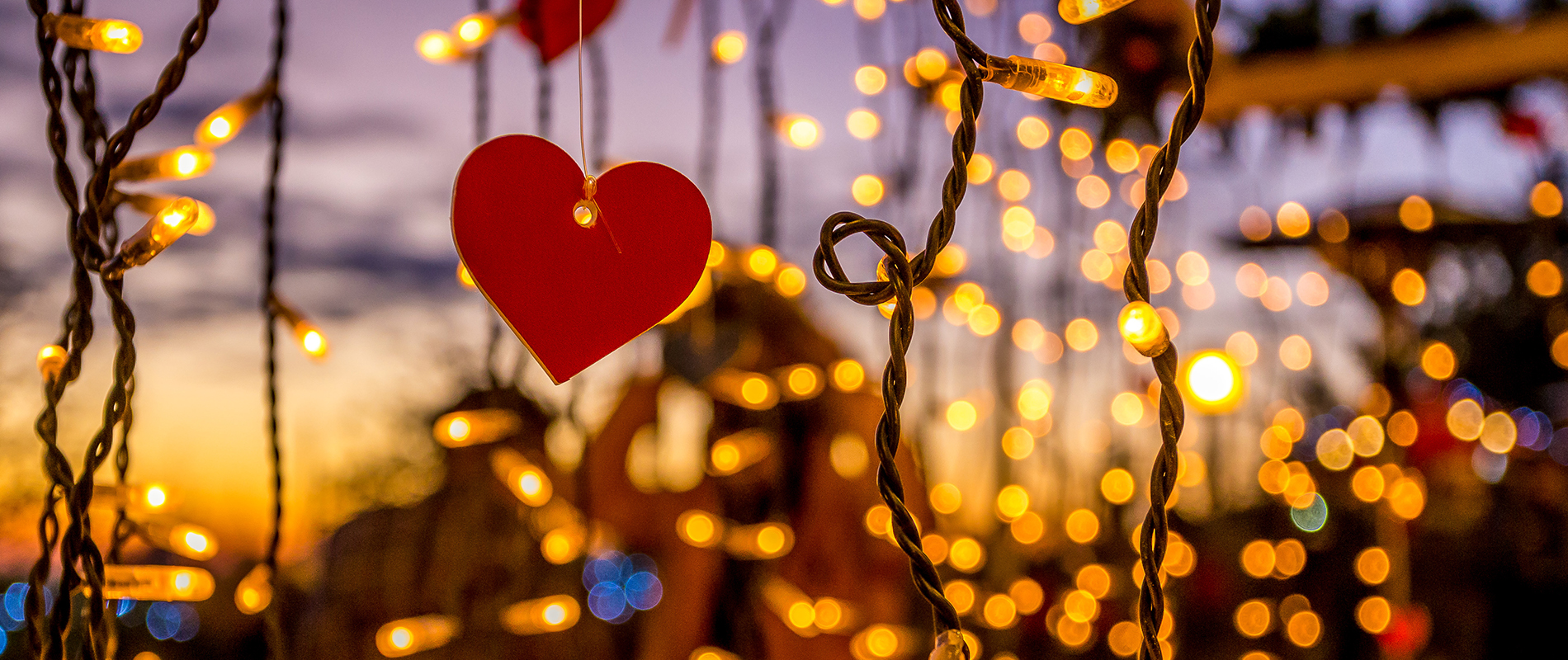

Croatia as a nation is very religious. In fact, almost 90% of the population is Catholic, making Christmas one of the most important holidays in the country. On this day, Croatians gather to celebrate the birth of Jesus together with their families. Holiday celebrations do not only take place on the day of Christmas (Božić), but start early in December with traditional customs that extend throughout the month, ending on January 6th. – from the first Sunday of Advent to the twelve days following Christmas. Every year, together with my family and children, I embrace the festive Christmas season.
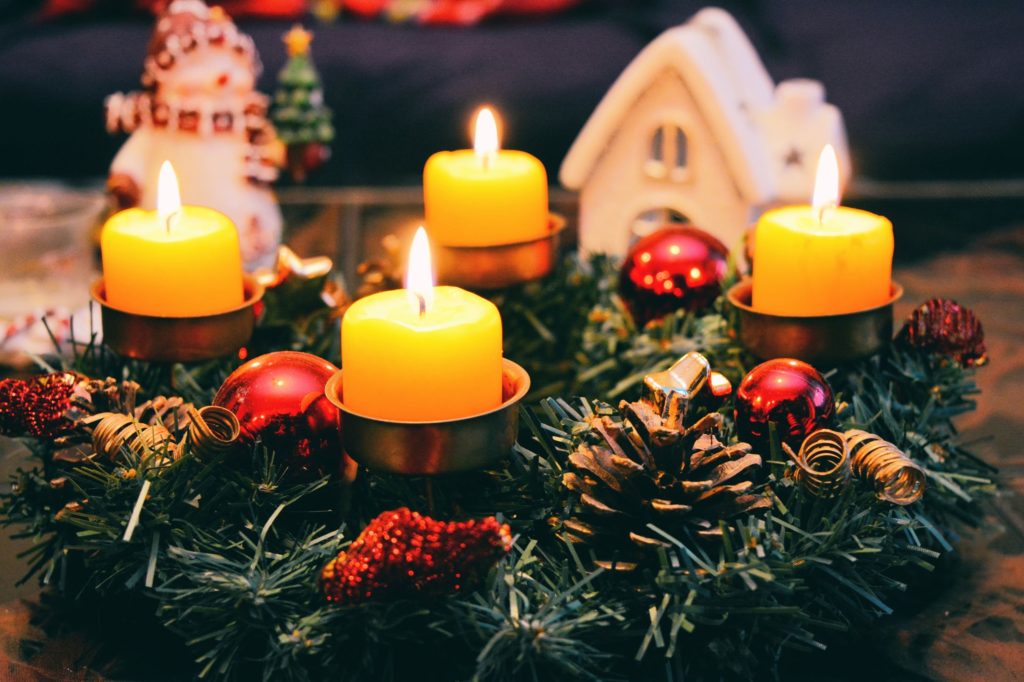
Our first custom begins 4 weeks before Christmas with the making of an Advent Wreath. The wreath has four candles, with the first candle to be lit on the first Sunday of advent and each additional candle on the following three Sundays leading up to Christmas.
The Advent Wreath is made of evergreen twigs, woven so that there is no beginning or end, signifying eternity. It consists of two basic symbols – a circle and candles or light. Four candles are inserted into the wreath to mark the four divisions in human history: creation, incarnation, redemption, and the end. Growing up, my mother and I would collect twigs and pinecones to assemble the wreath in the forest near our home in Fužine, where I continue this tradition together with my children. As I have two young girls who love arts and crafts, making the Advent wreath is a fun and creative way to start the festive season.
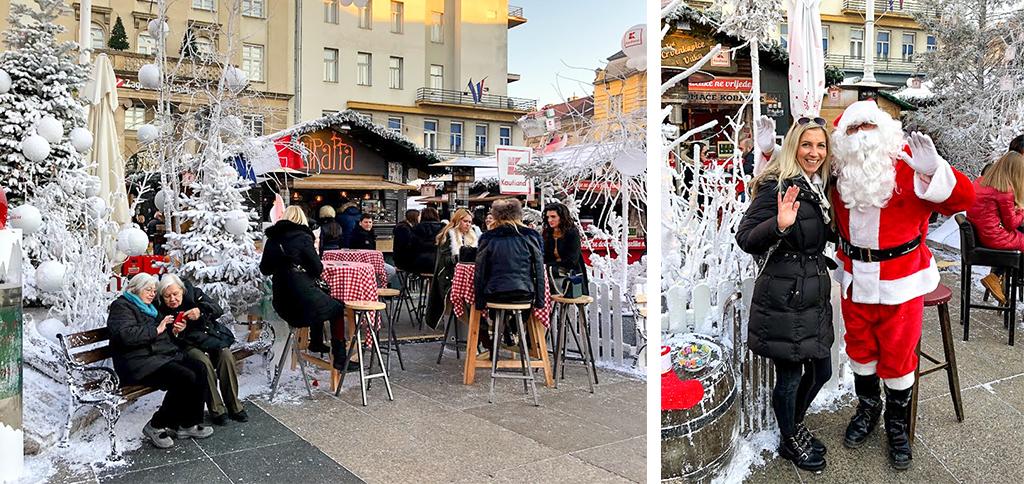
The start of Advent also marks the opening of Croatia’s wonderful Christmas Markets. The largest and most famous is the Zagreb Christmas market. I enjoy visiting with my girls and experiencing the charms of browsing the small wooden stands around the main square, buying handmade gifts for my loved ones, ice skating at the Zagreb Ice Park near the King Tomislav Square, riding with Santa Claus on his horse drawn carriage, and enjoying a carousel ride on Strossmayer Square.
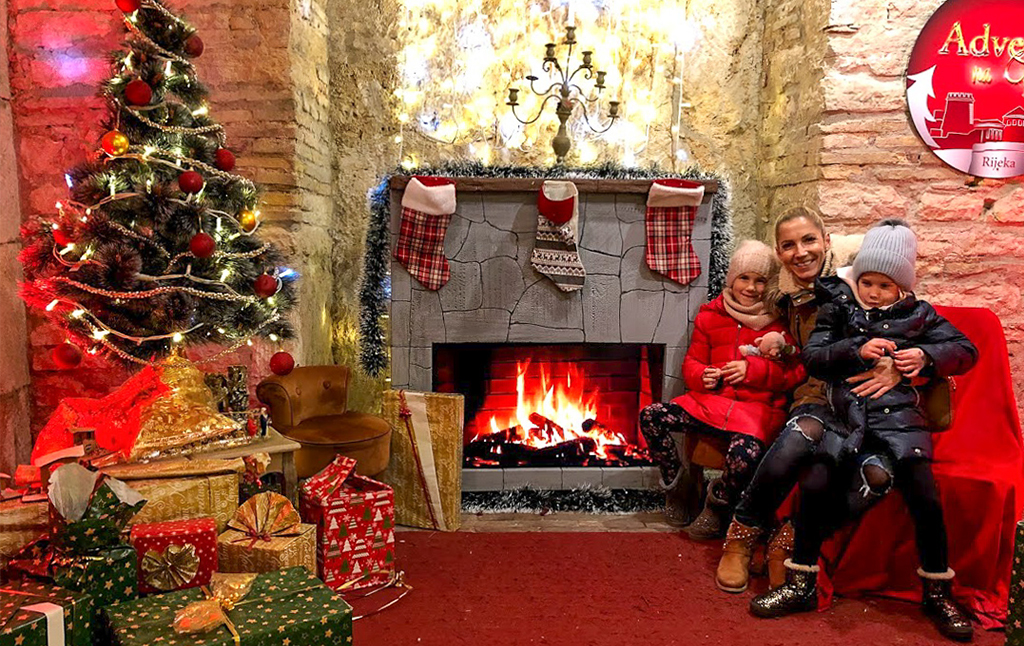
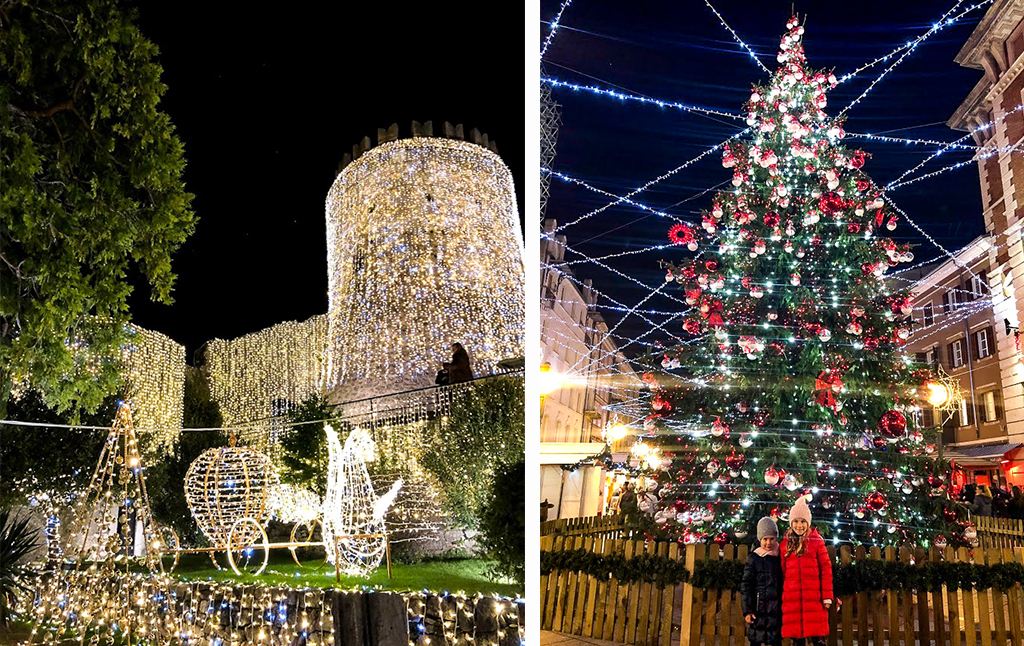
We of course also visit our local Christmas Market in Rijeka. During Christmas, Trsat Castle, a 13th century fortress which overlooks the city, feels like the scene of a fairy tale lit by more than 10.000 twinkling lights. It has ice skating for children as well a bar and small wooden houses with homemade liqueurs, mulled wine, and snacks.
Christmas markets are a longstanding tradition throughout Central Europe, and a wonderful way to celebrate the season.
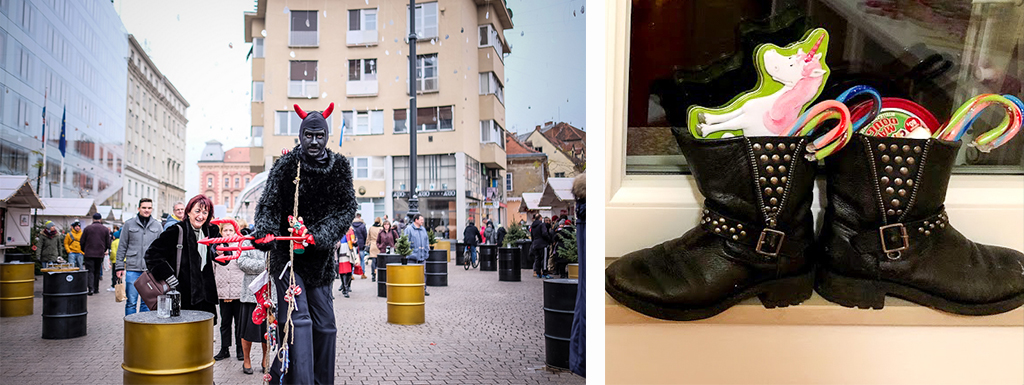
Another tradition my girls especially look forward to is St. Nicholas’ Day, December 6th (Sveti Nikola). On this special day, well behaved children are rewarded with gifts, following the example of St. Nicholas the Bishop, who according to legend, secretly brought gifts to poor people through the window at night. St. Nicholas is accompanied by Krampus, a devilish figure who punishes the naughty children with a golden switch. Luckily for my girls, they’re always well behaved.
On the night before for St. Nicholas’ visit, Croatian children clean their boots in preparation and put them in the windows before they go to bed. In the morning, when they wake up, they are greeted by boots full of presents.

One of the most important and unique Christmas traditions in Croatia is sowing the wheat (sijanje pšenice). This ancient tradition dates back to times when agriculture was the country’s main industry and is meant to invoke a good harvest. The wheat serves as a symbol of fertility, new life, and its renewal. Around Christmas, wheat seeds can be found in most supermarkets. On December 13th, St. Lucy’s Day (Sveta Lucija), they are planted in a small dish or bowl and placed under the Christmas tree. If the wheat grows dense, tall, and lush, it is believed that this is a sign that the next year will be fruitful and successful.
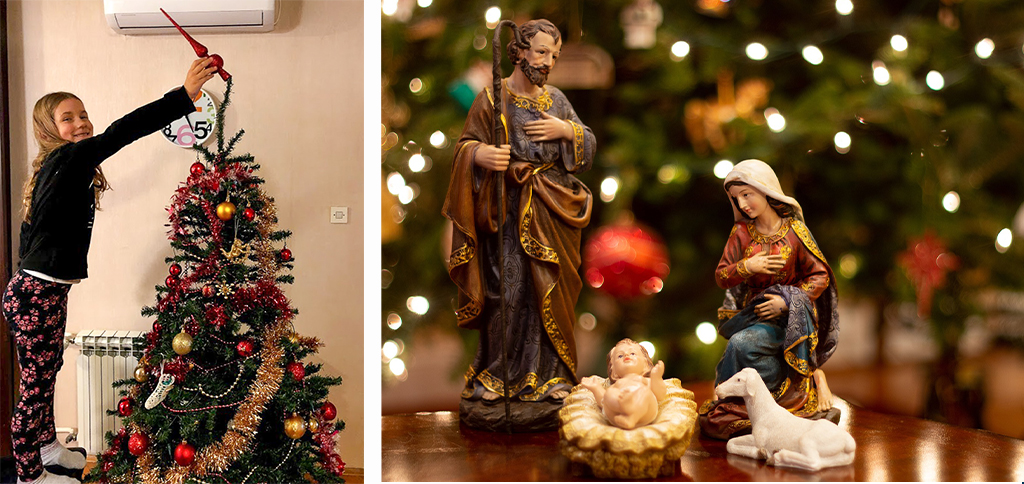
Christmas Eve (Badnjak) is a day rich in tradition.
It begins with decorating the Christmas tree, a special moment where the whole family is engaged. Throughout Croatia, markets sell beautiful evergreen trees which become the center of Croatian homes, decorated with colorful ornaments and Christmas lights. A Nativity Scene (Jaslice) is typically placed under the tree.
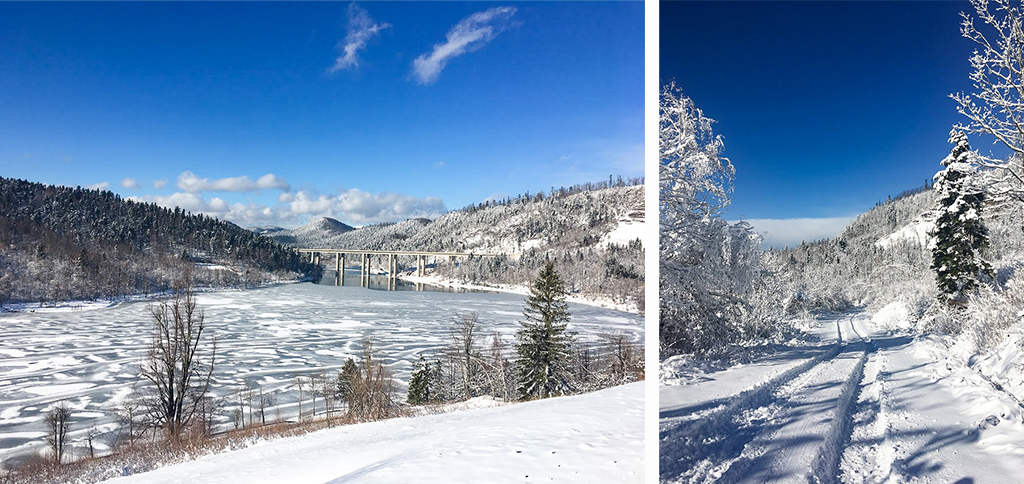

As I was brought up in the region of Gorski Kotar, a densely forested and mountainous region between Rijeka and the Slovenian border, my family’s tradition was a bit different. Every year we would venture out into the forest to choose our Christmas tree, which my father would cut down. I still go to spend the Christmas holidays in the countryside with my family, a tradition I am happy to share with my daughters.
For Croatians, Christmas Eve dinner is served on a festively decorated table. The meal is made up of many fish dishes such as salted cod, fish stew and squid or seafood risotto. My personal favorite tradition is to visit the main fish market in Rijeka (one of the best in Croatia) where I buy freshly caught fish from local fishermen which we prepare for dinner.
At midnight, we attend the holy midnight mass in church (polnoćka).

On Christmas Day, the birth of Jesus is celebrated with a lot of joy, hope and cheer. It also marks the first of the “twelve days of Christmas.” It is celebrated within the family circle with a traditional lunch. Roasted meat is usually on the menu, such as turkey with mlinci (mlinci are thin, dried flatbread that is broken up into pieces and mixed with the roasting juices from a roast turkey) or suckling pig. Although there are several traditional Christmas desserts, “Kuglof” is the one most commonly prepared. It is a type of yeast-based cake which often has raisins.
The holiday of St. Stephen’s Day (Sveti Stjepan), the day after Christmas (also a State holiday) is when people visit their relatives, friends, and neighbors to wish them a Merry Christmas.
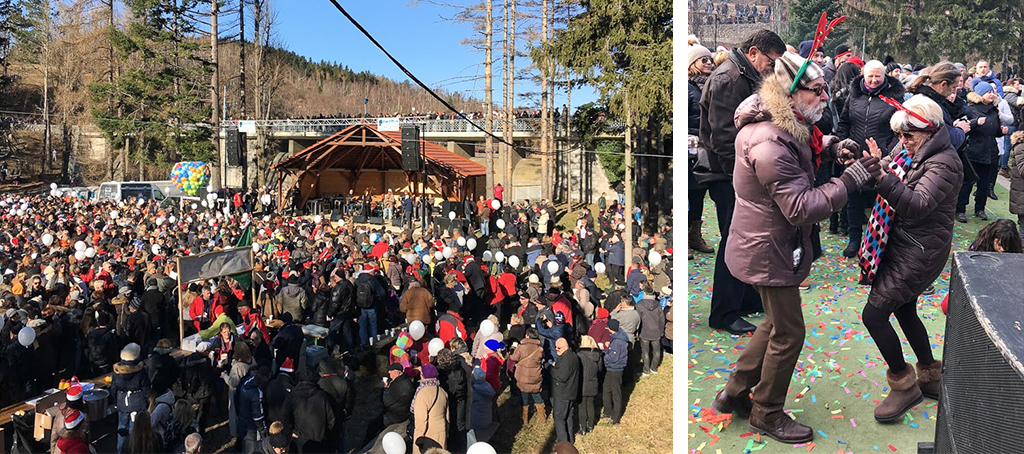
New Year’s Eve is celebrated in a festive and cheerful spirit; some spend it at home with their families, some decide to visit open-air events that are organized throughout Croatia on the main squares of the cities, and others join private celebrations at restaurants and hotels.
In Fužine, we have quite an unusual New Year’s Eve celebration – we actually we celebrate it twice, once at noon on New Year’s Eve when we say farewell to the year that has passed and again at midnight when we welcome the New Year ahead. It all started back in 2000 when a small group of local people decided to have some fun at noon and say goodbye to the previous year, toasting with champagne. The following year, the custom continued, and it has grown every year since. It has not turned into a tradition that attracts over than 10,000 visitors from Croatia and surrounding countries every year! At the noon celebration you can enjoy tasting local sausages, mulled wine, and dancing to live music while colorful confetti rains down.

Like Christmas, New Year’s Day is also celebrated within the family, with an abundance of traditional foods such as sarma (cabbage leaves stuffed with minced meat, rice, and spices, simmered in tomato sauce or broth), cold roasted suckling pig with horseradish, roasted turkey with mlinci, pork from brine, roasted homemade sausages, and desserts like walnuts, a variety of dry homemade cakes, poppy seed cake, fritters (fritule), and more.
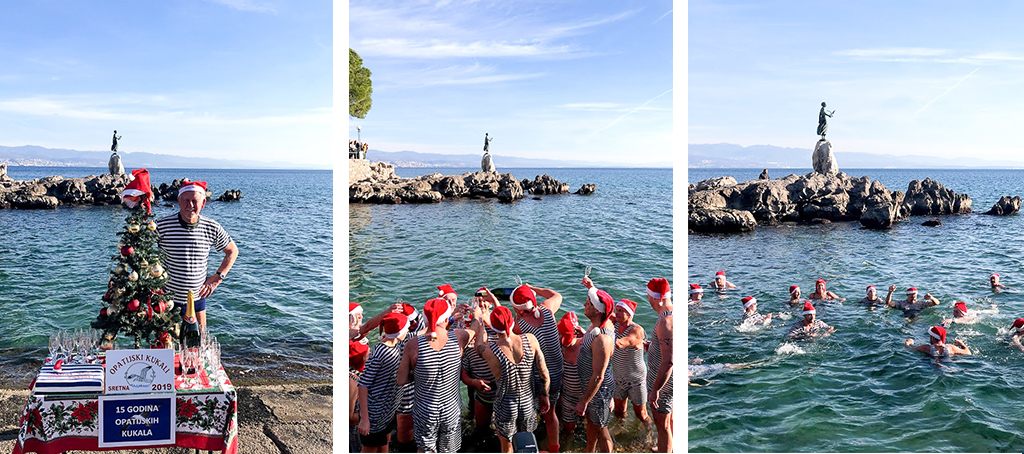
In coastal cities, there is a tradition of taking a swim in the Adriatic at noon on New Year’s Day. In Opatija, you can expect to see the men that take part wearing Santa hats!
The end of the “twelve days of Christmas” falls on January 6th, which is the Feast of the Holy Three Kings or Epiphany (Sveta Tri Kralja). On that day, we commemorate the three wise men who gave gifts to Jesus by going to mass. On this day, a priest travels the homes of his parish to bless the houses and gardens with holy water and pray for a fruitful future harvest. A holy picture is pasted on the entrance door of houses with the words “Peace and blessings, G + M + B,” and the year. (G, M and B represents the initials of the name of the Holy Three Kings: Gaspar, Melchior, and Balthazar).
This is also the day we take down our Christmas decorations marking the end of the holiday season.